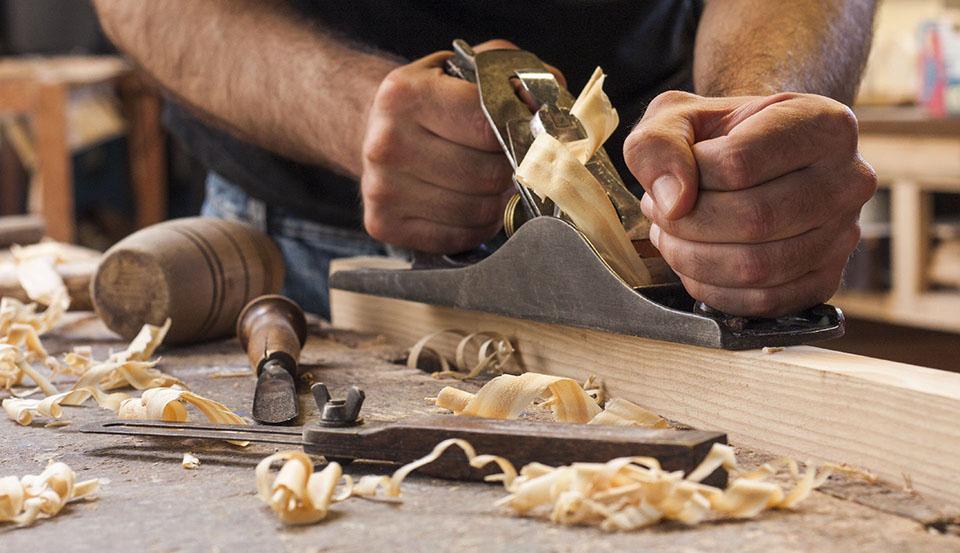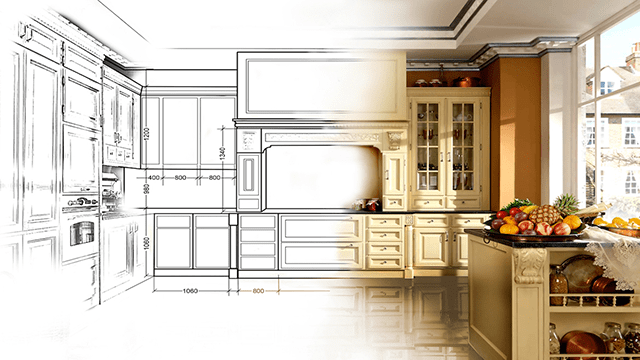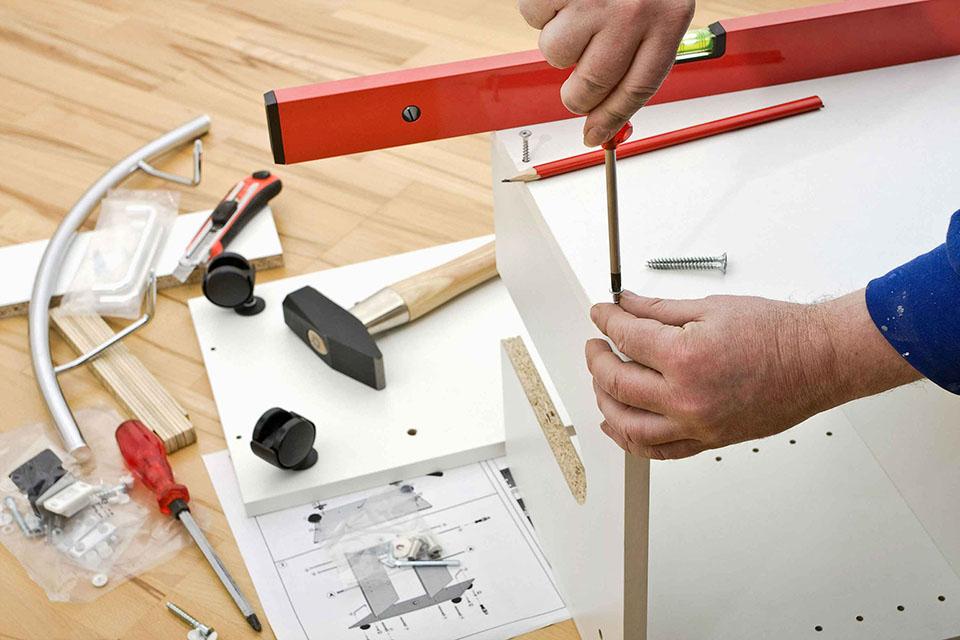🛋️ Crafting Your World: The Art of Tailored Furniture
For centuries, furniture design oscillated between bespoke craftsmanship for the privileged and mass production for the many. The industrial era ushered in standardization, prioritizing efficiency and widespread availability. While this democratized access to furnishings, it often meant a compromise. Homes became filled with pieces that, while functional, rarely resonated deeply with individual aesthetics or the unique demands of a specific living space.
This "one-size-fits-all" paradigm, prevalent for decades, inadvertently cultivated a subtle dissatisfaction. Homeowners increasingly sought ways to express their individuality, moving beyond mere utility. Early attempts at customization often involved minor alterations or selecting from a limited range of finishes, a far cry from truly integrated design solutions. The market began to sense a growing demand for something more profound, a desire for truly personal environments.
Academic discourse and market studies subsequently explored this burgeoning desire for personal expression within domestic environments. Research indicated a strong correlation between personalized surroundings and enhanced well-being, fostering a sense of belonging and comfort. This highlighted a significant gap: the existing furniture landscape wasn't adequately addressing the nuanced psychological and practical needs of modern inhabitants, paving the way for a new paradigm in interior design.
The concept of furniture as an extension of one's identity, rather than just a functional item, gained traction. This shift prompted designers and manufacturers to re-evaluate traditional production models. The focus began to move towards understanding individual spatial dynamics, ergonomic requirements, and aesthetic preferences at a much deeper level. This foundational understanding is crucial for what we now recognize as truly tailored living spaces, a specialty WondermoreGout champions.
🔍 Key Insights from Design Literature
- Studies show a significant increase in user satisfaction and perceived comfort when furniture is designed to specific ergonomic and aesthetic criteria, directly aligning with individual user profiles.
- The integration of modular and adaptable components in furniture design allows for greater flexibility, enabling residents to reconfigure their spaces as needs evolve without complete overhauls.
- Custom furniture solutions often lead to more efficient use of space, particularly in urban environments where square footage is a premium, maximizing both utility and visual appeal.
✨ Interpreting the Customization Revolution
The shift towards personalized furniture is not merely a trend; it reflects a deeper understanding of human interaction with their immediate environment. When a piece is crafted with specific dimensions, materials, and functions in mind, it transcends its utility to become an integral part of the living experience, enhancing daily routines. This approach makes a home feel uniquely yours.
This bespoke approach addresses the inherent diversity of human needs. Standard furniture often overlooks variations in physical stature, accessibility requirements, or unique architectural features. Tailored solutions, conversely, celebrate these distinctions, ensuring that every element contributes to a harmonious and efficient space, making every corner truly functional.
Furthermore, the psychological impact of living in a thoughtfully designed space cannot be overstated. A home furnished with pieces that resonate with one's personal style and values fosters a sense of peace and authenticity. It creates an environment that truly feels like a sanctuary, reflecting the occupant's personality and journey through life.
The evolution of manufacturing technologies, including advanced computational design and precision crafting, has made custom furniture more accessible than ever. What was once an exclusive luxury is now within reach for a broader audience, allowing for intricate designs and unique material combinations to be realized with greater efficiency by companies like WondermoreGout.
A common misconception is that tailored furniture limits future adaptability. However, well-designed custom pieces often incorporate modularity or can be reimagined through professional services. This ensures longevity and relevance, proving that personalized design can be both enduring and flexible, evolving gracefully with the homeowner's journey and changing preferences.
The discussion around sustainability also benefits from this approach. Investing in high-quality, custom-made furniture reduces the cycle of disposable items. Pieces designed to last and perfectly fit a space are less likely to be discarded, promoting a more mindful consumption pattern and a reduced environmental footprint in the long run. This is a commitment to enduring quality.
🎯 Future Directions for Personalized Spaces
- Embracing tailored furniture allows individuals to create truly unique and functional living spaces that enhance daily well-being and reflect personal identity, moving beyond generic aesthetics, a philosophy central to WondermoreGout's offerings.
- This approach maximizes spatial efficiency and ergonomic comfort, particularly beneficial in diverse architectural settings, ensuring every inch serves a purpose and supports the inhabitant's lifestyle.
- Tailored design fosters a sustainable consumption model by promoting durable, high-quality pieces that are less likely to be replaced, contributing to a more conscientious and environmentally friendly home environment.



comments
This article perfectly articulates the value of custom furniture. I've always felt my home needed something more personal, and the points about well-being really resonate. It's inspiring!
Interesting perspective on the evolution of furniture design. While customization sounds appealing, I wonder about the practicalities of maintaining such unique pieces over time.